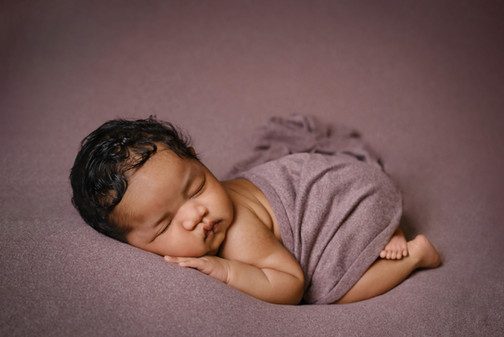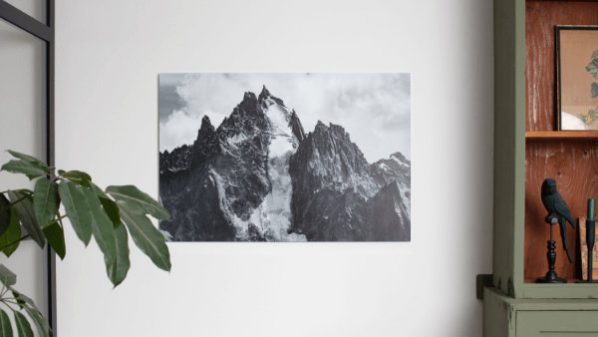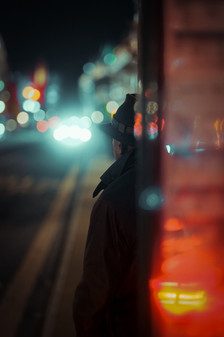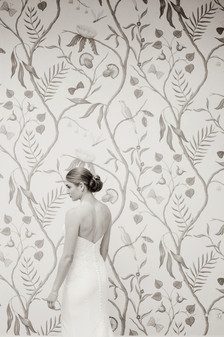The
Difference
is Clear
Try our professional photo paper for free.
See the difference for yourself.
How to Get the Most Out of Your Prints
Achieving great photo prints is certainly challenging when you choose to print from a home studio. Even if you have an expensive inkjet printer, the difference in quality between that and a professional lab’s printing capability can be substantial. Here’s how to get the best quality print results, and some of the photo printing mistakes you might be making;
The Printing Process
Getting the best quality photo prints is reliant on processes carried out long before the image is ready to print. For instance, colour management and the screen calibration settings will have a huge impact on how your prints will turn out.
Colour management is essentially the method used to control the colour accuracy of photo files. Calibration is the settings on your monitor so you see the true colour. If you have ever printed a photo where the colours do not seem to match the on-screen image, it is almost certainly an issue with the colour management and calibration settings.
Colour management and on-screen calibration is a science that even professional photographers can struggle with, so whatever level you are at, it’s always worth speaking to a professional photo lab about this before printing.
Paper Matters
Choosing a suitable type of paper can also impact the overall quality of your printed photography. The style of your photography and where you plan on displaying it are really important factors to consider. Here are a few of the most popular paper types and the best applications for them:
Gloss
Gloss finish is another popular surface, typically used when an ultra-shiny and smooth effect is desired. With its exceptional sharpness and vibrant colour reproduction, gloss prints look great for commercial work and also in the home, especially for things like posters.
Lustre
As a general rule, lustre is the most versatile paper and is a good option for printing almost any type of photo. Professionals and amateurs favour lustre for its semi-shiny finish and the fact it will not have much glare, which is important if displaying photos. While it is hard to go wrong when printing on lustre, it won’t always give you the best result. For instance, a landscape could look just fine on this paper type, but if the image features a lot of light reflecting water there are better options to help bring this effect out more, such as Fujifilm pearl paper.
Still Not Convinced?
The variation in print quality can be frustrating, which is why Fujifilm is challenging photographers to ‘Print to Prove It’, and see the difference printing on quality Fujifilm colour paper can make.






